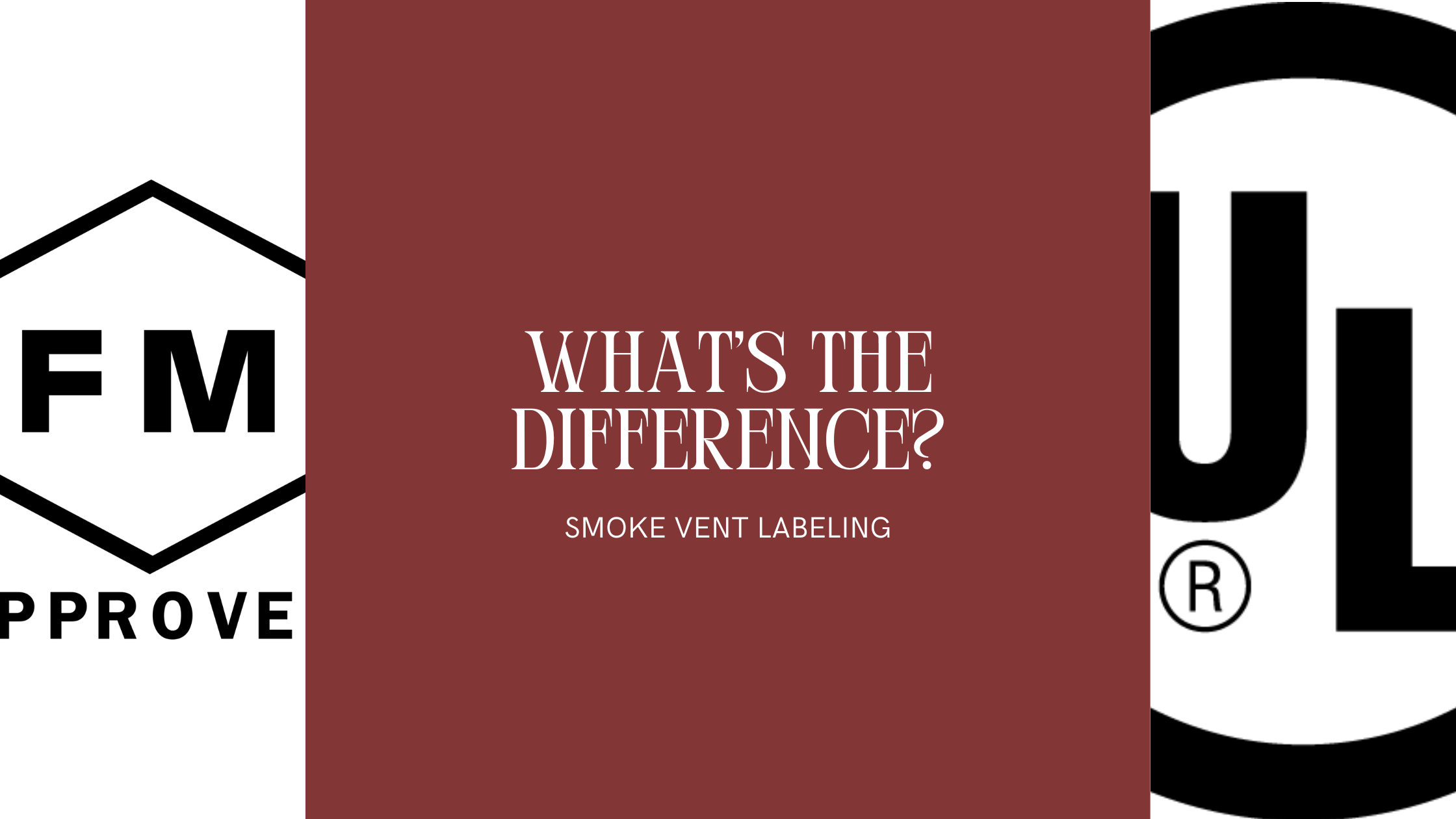Understanding and Specifying Product for Rooftop Openings
.png)
In the intricate world of construction, precision is paramount. Every aspect of a building must be meticulously planned and executed to ensure safety, functionality, and compliance with regulations. When it comes to essential elements like roof hatches and smoke vents, understanding and specifying their openings correctly can make all the difference in the success of a project. In this guide, we'll dive deep into the nuances of these crucial components, equipping you with the knowledge needed to navigate their specifications with confidence.
The Importance of Precision
Before we delve into the specifics of roof hatches and smoke vents, it's crucial to understand why precision matters. In construction, even the smallest oversight can lead to costly delays, compromised safety, and regulatory non-compliance. By mastering the understanding and specification of openings, you can mitigate risks and ensure that your project progresses smoothly from inception to completion.
Redefining Terminology
To begin our journey, let's clarify some terminology commonly associated with building openings: 
Rough Opening: This refers to the framed opening in a structure, typically where building components like windows and doors are installed. For roof hatches and smoke vents, the curbs align with the rough opening, providing structural support.
Clear Opening: Also known as the net-clear or unobstructed opening, this is the cross-sectional area available for passage without any hindrances. It must be completely free of obstructions to ensure seamless movement.

Specifying Smoke Vents
When specifying smoke vents, attention to detail is paramount. One critical metric to consider is the effective venting area. This ensures that smoke and other noxious fumes can escape unimpeded, enhancing safety in the event of a fire. This is especially important when configuring for firefighter egress as required per IBC 1009.7.3.
Understanding Roof Hatches
Roof hatches, particularly those in the Personnel series, require careful consideration of various factors. Elements such as gas springs, hold-open arms, handles, and ladders must be accounted for, especially when configuring for firefighter egress as mandated by relevant regulations.
Best Practices for Specification
To streamline communication with manufacturers and prevent misunderstandings, it's essential to specify both rough and clear opening sizes. Clear openings can vary significantly depending on project requirements, so providing accurate measurements is key to ensuring a seamless construction process.
Mastering the understanding and specification of roof hatches and smoke vents is essential for any construction project. By paying close attention to terminology, calculating total venting areas, and adhering to best practices for specification, you can navigate the complexities of building openings with confidence. With precision as your guide, you'll be well-equipped to ensure the safety, functionality, and compliance of your next construction endeavor.
For best practices, when communicating with manufacturers, specify both rough and clear opening sizes as clear openings will vary. Nystrom understands these codes and requirements. For more information or to see how Nystrom can assist with your next project, please contact our Sales & Customer Support team or visit nystrom.com.



.png)
